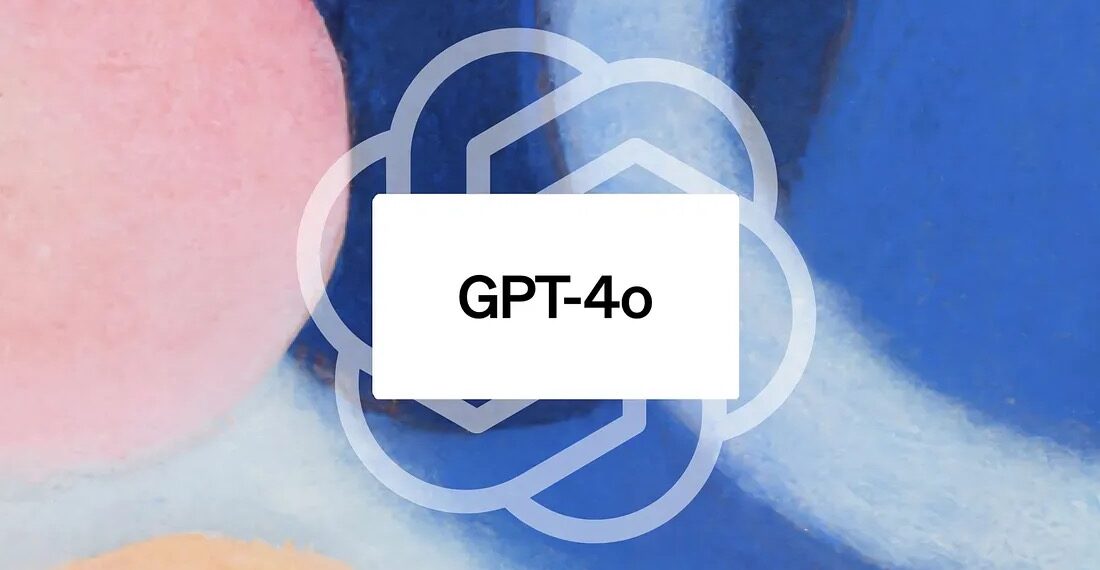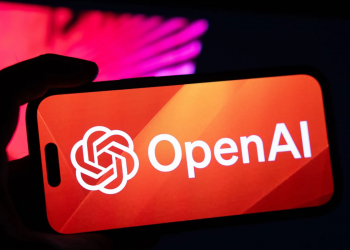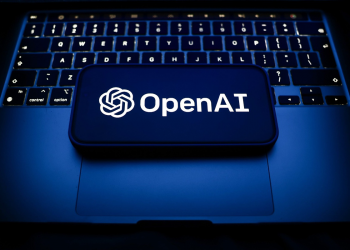OpenAI has introduced GPT-4o, its most advanced language model yet which integrates the processing of text, audio, and vision, allowing for a more natural and interactive user experience.
GPT-4o, where “o” stands for omni, surpasses GPT-4 Turbo in several ways. The disruptive innovation can respond to audio prompts in real time, mimicking human conversation speeds.
It was also built with superior understanding of languages other than English, along with audio and visual data, having double the speed and half the cost of GPT-4 Turbo within the API. The model brings increased accessibility through the free tier of ChatGPT and higher message limits for Plus users.
Unlike previous models requiring separate processes for audio, GPT-4o removes this information loss, allowing it to grasp issues like tone, background noise, and multiple speakers.
The model can generate a wider range of outputs, including laughter, singing, and emotional expression.
OpenAI built GPT-4o with great capabilities like creating stories based on visual prompts, generating characters from descriptions, and even transforming text into unique fonts.
This shows the model’s ability to process information across different mediums, and also leverage that understanding for creative tasks.
OpenAI emphasizes safety measures implemented throughout GPT-4o’s development. These include data filtering and post-training refinements. Additionally, voice outputs are subject to safety protocols.
OpenAI acknowledges limitations in all modalities and welcomes feedback to further refine the model. The company is releasing GPT-4o’s capabilities iteratively.
Text and image functionalities are now available in ChatGPT. Audio capabilities, including voice mode with GPT-4o, will roll out in the coming weeks for Plus users.
Developers can access GPT-4o’s text and vision capabilities in the API. Access to audio and video features will be granted to a select group of partners initially.













Comments 1